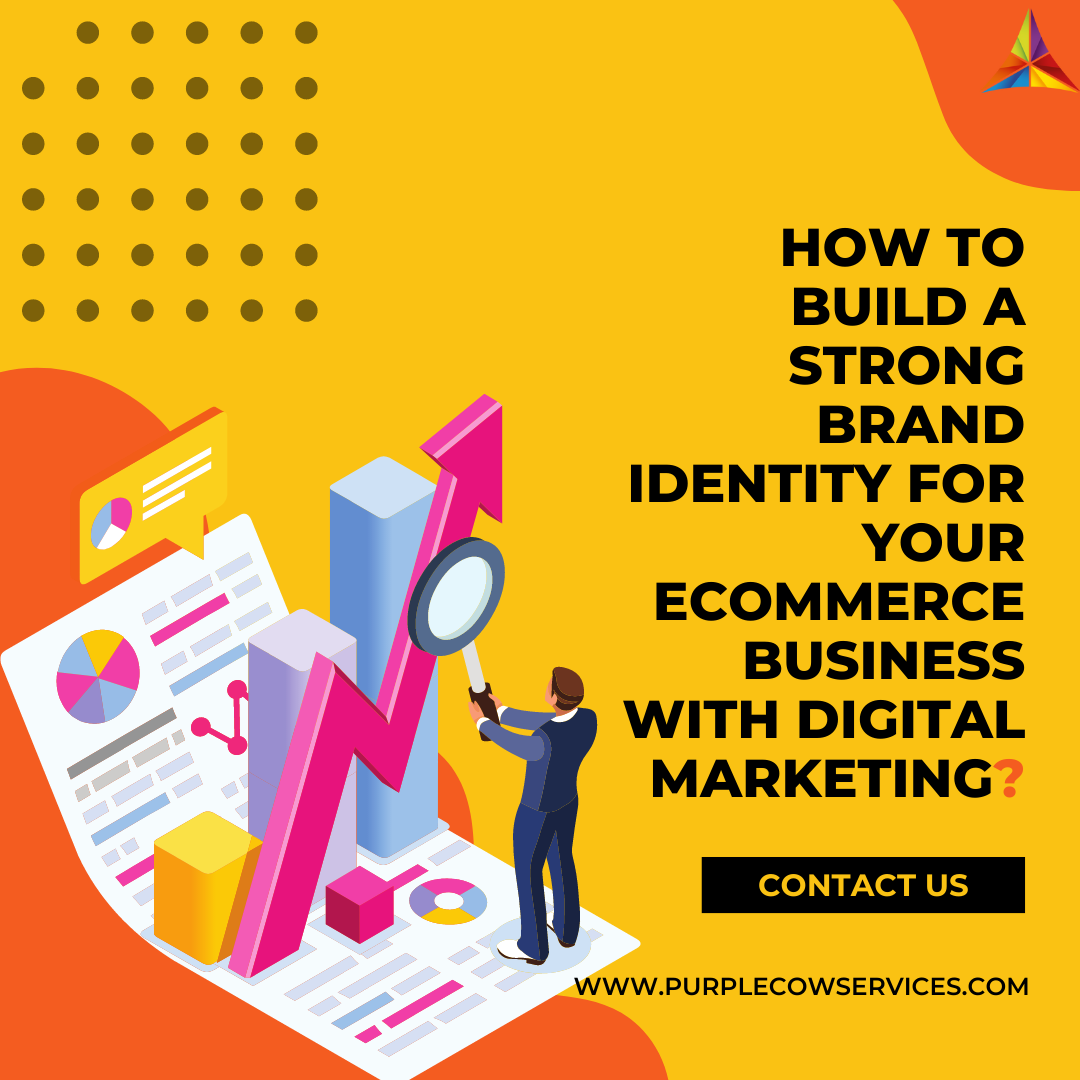In the current digital age, having a strong brand identity is crucial for the success of any eCommerce business. With the increasing competition in the online marketplace, building a brand that stands out can be a challenging task.
Share This Story, Choose Your Platform!
However, with the help of digital marketing, you can create a robust brand identity that resonates with your target audience and sets your eCommerce business apart from the competition.
Steps to build a strong brand identity with digital marketing:
Define Your Brand Personality and Values
The first step to building a strong brand identity is to define your brand personality and values. Your brand personality should reflect the essence of your eCommerce business and resonate with your target audience. It is important to define your brand values as they serve as the foundation for your brand identity. Ask yourself questions such as what sets you apart from your competitors? What do you stand for? What are your core values? Once you have a clear understanding of your brand personality and values, you can move on to the next step.
Create a Compelling Brand Story
Your brand story is the narrative that encapsulates the essence of your brand. It should be authentic, engaging, and resonate with your target audience. A compelling brand story can help you differentiate your eCommerce business from the competition and build a strong emotional connection with your customers. Your brand story should highlight your unique selling proposition (USP), values, and mission. It should be communicated through your website, social media channels, and other digital marketing channels.
Develop a Consistent Brand Identity
A consistent brand identity is crucial for building brand recognition and establishing trust with your customers. Your brand identity includes your logo, color palette, typography, and other visual elements that define your brand. Your brand identity should be consistent across all your digital marketing channels, including your website, social media channels, email marketing, and other digital channels. Consistency in your brand identity helps to reinforce your brand message and make it easier for customers to recognize and remember your brand.
Leverage Social Media to Build Your Brand
Social media platforms are a powerful tool for building brand awareness and engagement. They offer a cost-effective way to reach your target audience and build relationships with your customers. Your social media strategy should align with your brand personality and values. Choose the social media channels that are most relevant to your target audience and focus on creating compelling content that resonates with them. Use hashtags, influencers, and other social media tactics to expand your reach and build your brand.
Invest in Search Engine Optimization (SEO)
Search engine optimization (SEO) is a crucial digital marketing strategy for building brand awareness and driving traffic to your eCommerce website. By optimizing your website for relevant keywords, you can increase your visibility in search engine results pages (SERPs) and attract more qualified traffic to your site. Make sure to optimize your website’s meta tags, headings, content, and images for relevant keywords. Develop a content marketing strategy that aligns with your brand values and focuses on providing value to your target audience.
Use eMail Marketing to Nurture Your Customers
eMail marketing is a powerful tool for nurturing your customers and building a loyal customer base. It offers a cost-effective way to communicate with your customers and keep them engaged with your brand. Your email marketing strategy should focus on providing value to your customers and nurturing them through the customer journey. Use segmentation and personalization to create targeted email campaigns that resonate with your customers.
Measure and Adjust Your Digital Marketing Strategy
The final step in building a strong brand identity for your eCommerce business with digital marketing is to measure and adjust your strategy. Use analytics tools to track your website traffic, social media engagement, email open and click-through rates, and other key performance indicators (KPIs).
Analyzing your KPIs will help you identify what’s working and what’s not in your digital marketing strategy. Use this data to make informed decisions about how to optimize your digital marketing channels to better align with your brand identity and resonate with your target audience. Experiment with different tactics, monitor the results, and adjust your strategy as needed.
Conclusion
Building a strong brand identity for your eCommerce business is critical in today’s digital marketplace. By defining your brand personality and values, creating a compelling brand story, developing a consistent brand identity, leveraging social media, investing in SEO, using email marketing, and measuring and adjusting your digital marketing strategy, you can build a brand that resonates with your target audience and sets your eCommerce business apart from the competition. Remember to stay true to your brand values and maintain consistency across all your digital marketing channels to reinforce your brand message and build trust with your customers. With the right digital marketing strategy, you can create a strong brand identity that drives success for your eCommerce business.
Looking to build a strong brand identity for your eCommerce business? Look no further than Purple Cow digital marketing services! Our digital marketing experts can help you define your brand personality and values. We create a compelling brand story and develop a consistent brand identity. With our help, you can leverage social media, invest in SEO, and use email marketing to nurture your customers and build a loyal customer base. Contact us today to learn more!
Share This Story, Choose Your Platform!
In This Blog:

















